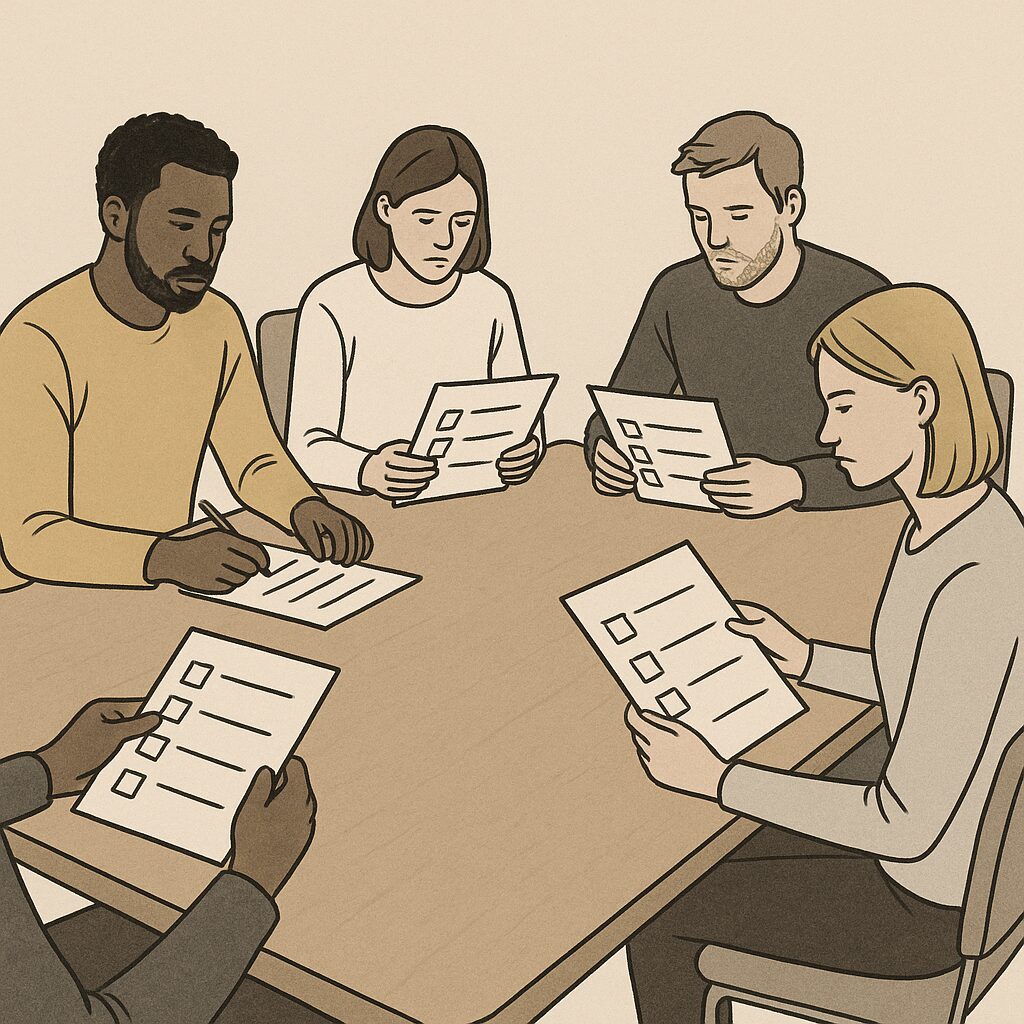Most friends I speak to are drowning in meetings, daily stand-ups, status updates, brainstorms. Yet somehow, projects drag on or stall entirely. Many industries do not need to do this many meetings, but they borrowed “stand-up” and “scrum” from tech because it was trendy, not because they understand the goal of completing work. This overload undermines meeting efficiency and leaves a calendar full of sessions but an inbox full of unfinished tasks.
Effective Stand-Up Meetings vs. Empty Meetings
Teams latch onto “stand-up meeting” like it’s a magic bullet, hoping to streamline team meetings, but often end up with:
- Fifteen meetings a day where no one feels pressure to wrap anything up.
- No Scrum Master or facilitator, just another session devoid of meeting facilitation techniques.
- Rules ignored: no real sprint goals, no backlog grooming, no retrospectives that spark change. In some cases, no knowledge of scrum meeting rules at all; in other cases no knowledge of what any of this means.
In tech, stand-ups exist to surface blockers and keep sprints on track. However, that’s not the case, many people are having meetings for the sake of meeting.
How to Reduce Meeting Overload
If you have over twenty meetings a week without meeting productivity tips in play, you are missing opportunities:
- Lost productivity: Employees see meetings as theater, not work.
- Poor accountability: No audit at month’s end on completed deliverables.
- Missed opportunities: Leadership chase the next big trend without knowing if it fits the value of the companies.
Do a simple audit: count your meetings versus actual deliverables. If the ratio is lopsided, your process is broken.
Make Every Meeting Count
Fixing this doesn’t require flashy tools or a new title, it means being intentional.
- Define the outcome before you schedule.
- Limit attendees to decision-makers and doers.
- Time-box strictly if you haven’t finished, assign the next steps and move on.
At the end of the day, meetings should be about moving work forward. If they are not helping you streamline team meetings, stop when you catch yourself doing them just because “everyone else does.”
